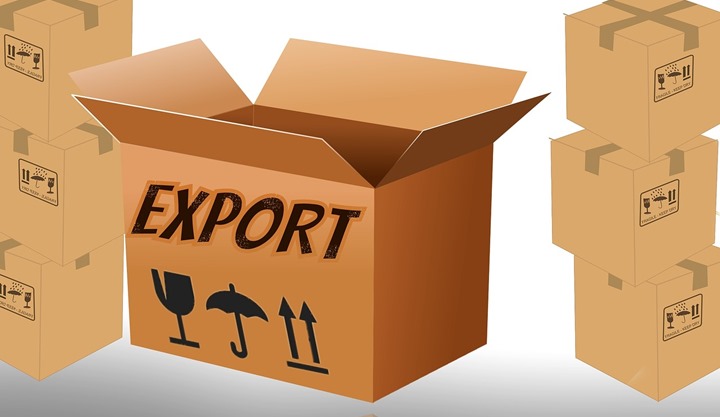India mulls over new export strategy
With exports zooming, imports have surged higher, widening the trade deficit. India is now mulling over a new comprehensive export strategy. Besides sorting out irritants post-GST implementation, India has to align its farm and manufacturing sectors to global standards and implement the trade facilitation agreement.
India will announce a comprehensive strategy to increase the share of global trade to 40 per cent of the gross domestic product. Union Commerce and Industry Minister Suresh Prabhu announced this after India’s exports rose by nine per cent to US $24.38 billion in January.
Nevertheless, the gain was nullified by an even stronger growth in imports at 26 per cent, which widened trade deficit to a three-year high of US $16.3 billion. Imports in January stood at US$40.68 billion (Trade deficit is the difference between imports and exports). The last time it was this high, was in November 2014, when it touched US$16.86 billion. The deficit in January last year was US$9.90 billion.
Among India’s trading partners, the top five countries with which India has negative bilateral trade balance are China, Switzerland, Saudi Arabia, Iraq and South Korea while the top five with which it has surplus trade balance are UAE, Bangladesh, Nepal, UK and the US. India has the highest trade deficit with China. Its share in India’s total trade deficit increased from 20.3 per cent in 2012–13 to 47.1 per cent in 2016–17 and 43.2 per cent in 2017–18 (April–September).
An ambitious target
Interestingly, Prabhu’s announcement came at the Magnetic Maharashtra Global Investor Summit. “Exports are the driving force of our growth strategy. We are coming out with a comprehensive strategy to increase the share of global trade to 40 PC of GDP, which is likely to touch US$5 trillion.” Of the US $5-trillion GDP expected to be achieved by 2025, he expects US$3 trillion to come from the service sector, while US$1 trillion each to come from the manufacturing and agriculture sectors.
At present, exports constitute only around 18 per cent of the US$2.6-trillion GDP, which is currently the fifth largest in the world after the US, China, Japan, Germany and Britain. However, India’s share in global trade is paltry and is under two per cent only.
Prabhu has also called for a meeting of all state ministers to discuss the export strategy. Currently just four states—Maharashtra, Tamil Nadu, Gujarat and Karnataka contribute almost 70 per cent of exports.
This is not the first time that India is setting such an ambitious target. The previous UPA government had set a target of taking this to 25 per cent of GDP by 2020, which failed to materialise.
What does India need to boost its exports? “The trade deficit is alarming. At this rate, trade deficit will touch $150 billion this year,” warned Ajay Sahai, director-general, the Federation of Indian Export Organisations (FIEO). FIEO President Ganesh Gupta urged the government to look into the refund issue ‘’seriously” by undertaking a drive to clear all cases by March 31, 2018.
GST Woes
Exports from labour-intensive sectors, for instance, garments, carpets, handicrafts and man-made textiles slowed down due to liquidity crunch as tax refunds have been getting blocked since the introduction of the goods and services tax.
Echoing concerns over GST woes, Prof. Biswajit Dhar, Centre for Economic Studies and Planning, said: “The Government needs to sort out the GST issue. In the mid-term review of the Export-Import Policy the GST issue was skirted. The working capital needs of exporters are huge.”
Secondly, Dhar says, “India badly needs to make its exports competitive. This involves bringing the Indian farm and manufacturing sectors up to global standards.” India has to implement the trade facilitation agreement that aims to simplify the customs procedure, increase transparency and reduce transaction costs. Unless these measures are taken, trade deficit may not only widen but continue to balloon.










